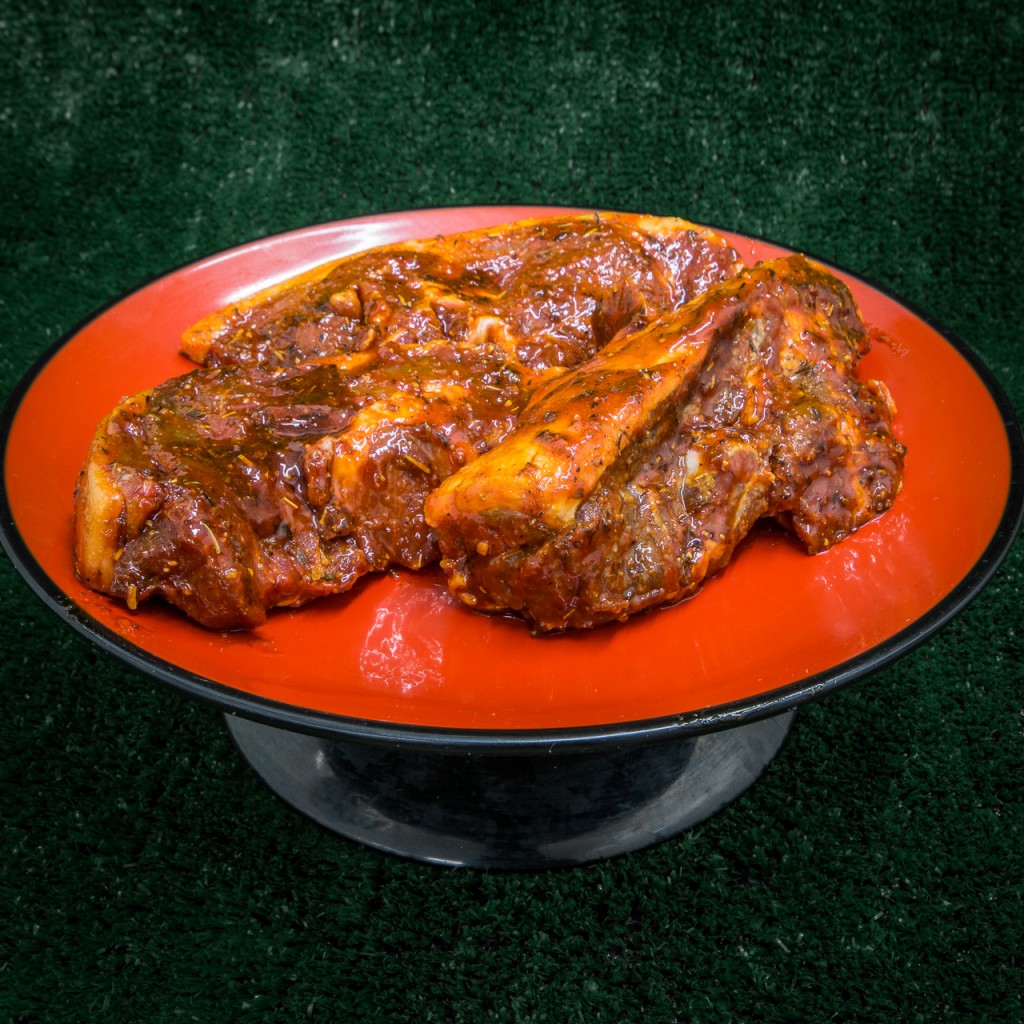
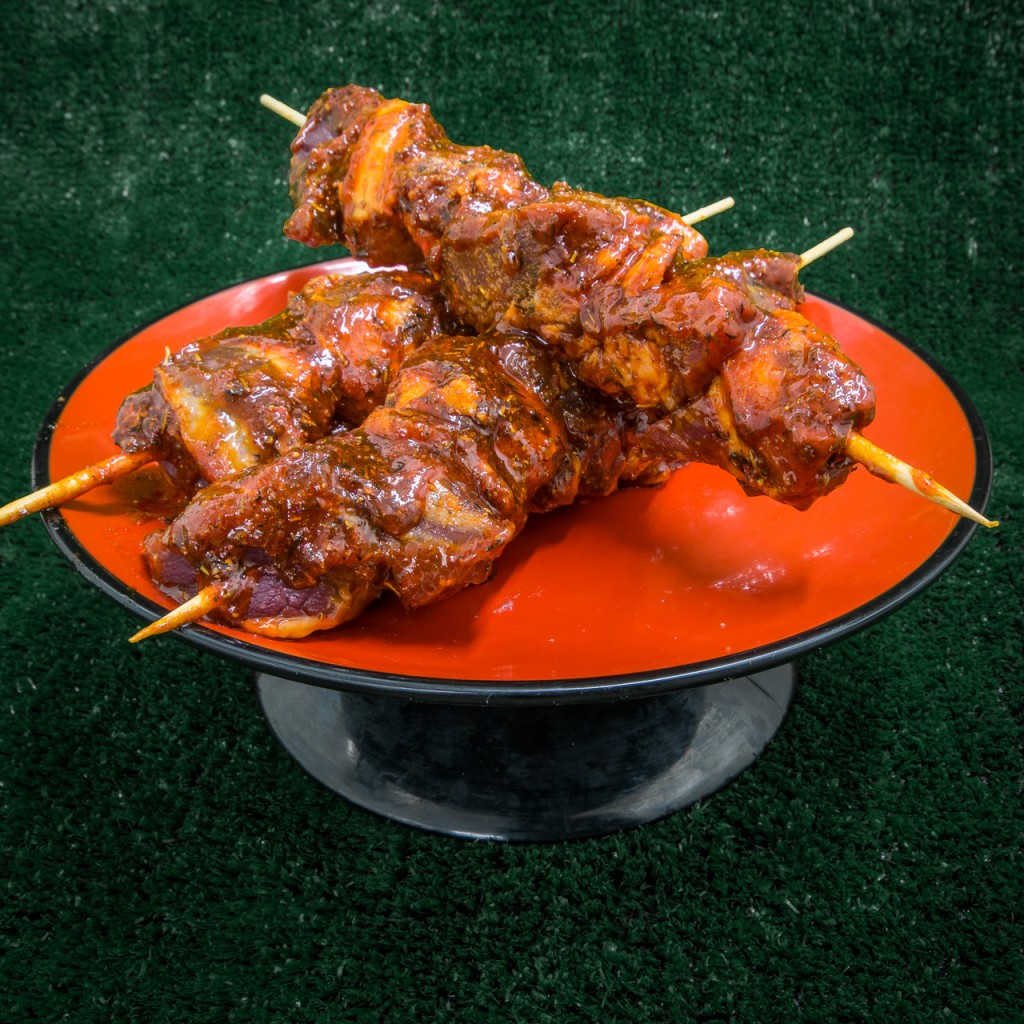
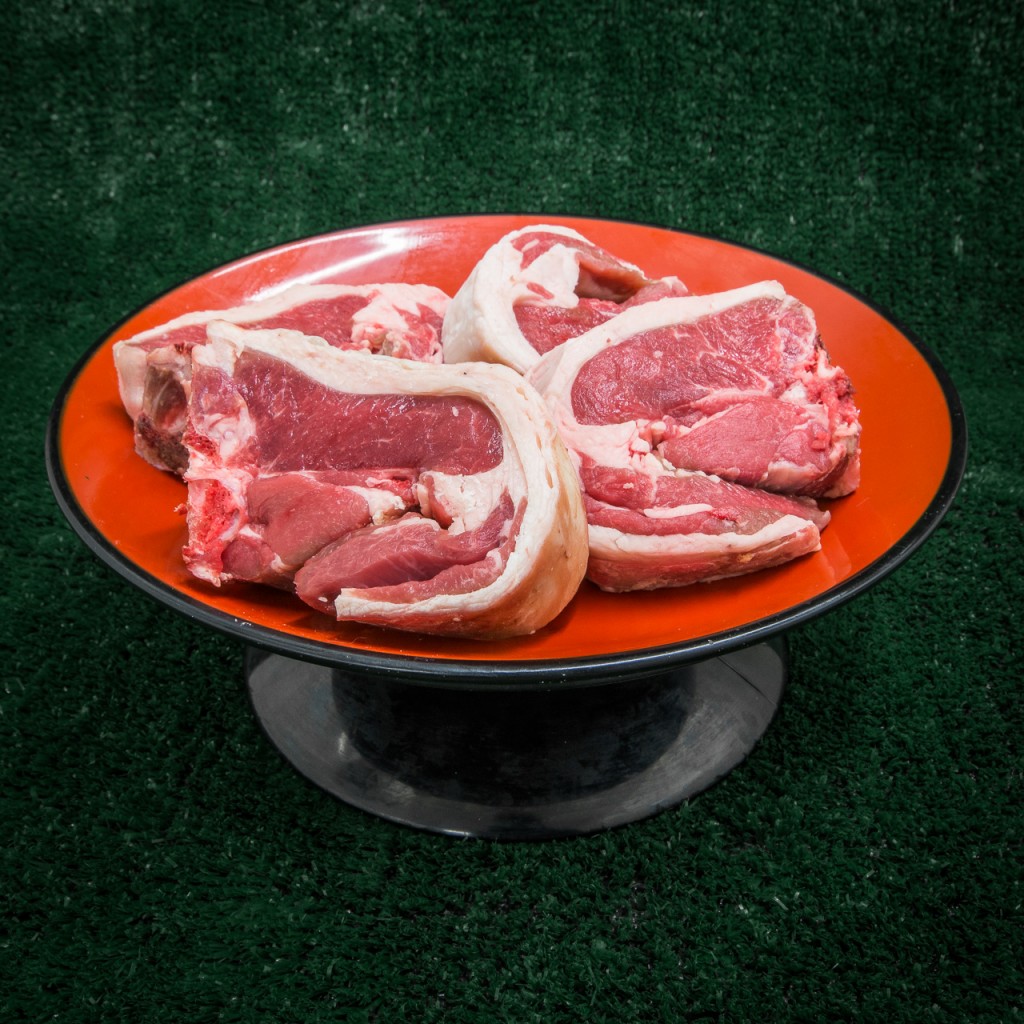
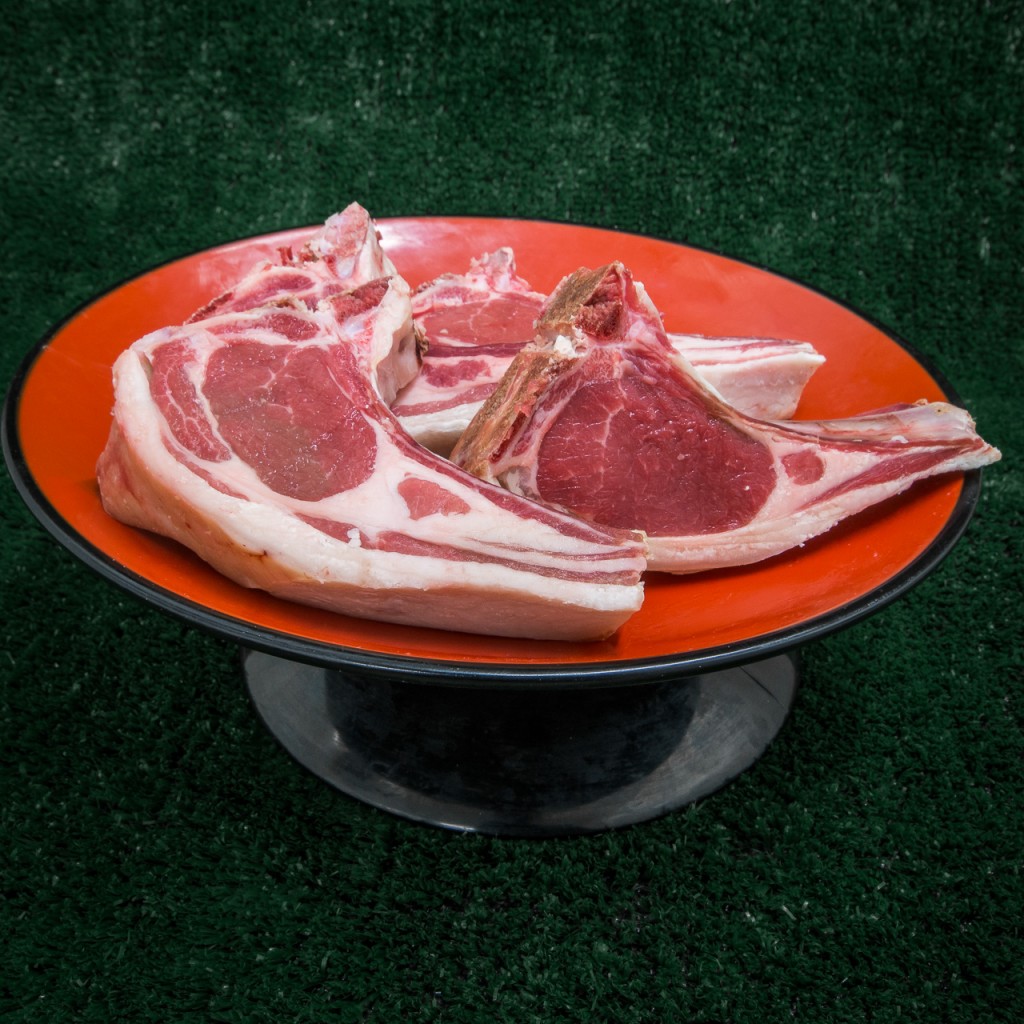
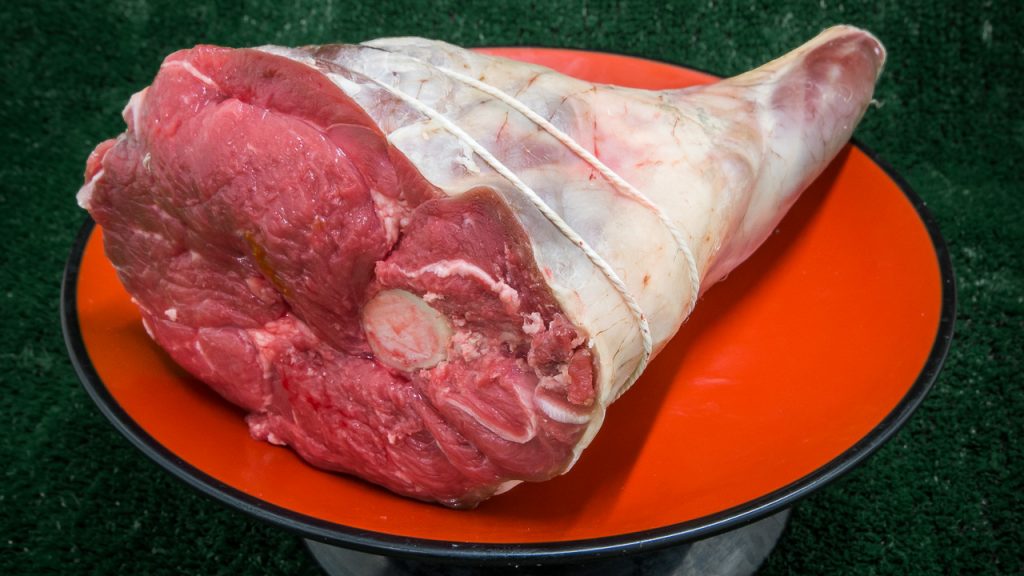
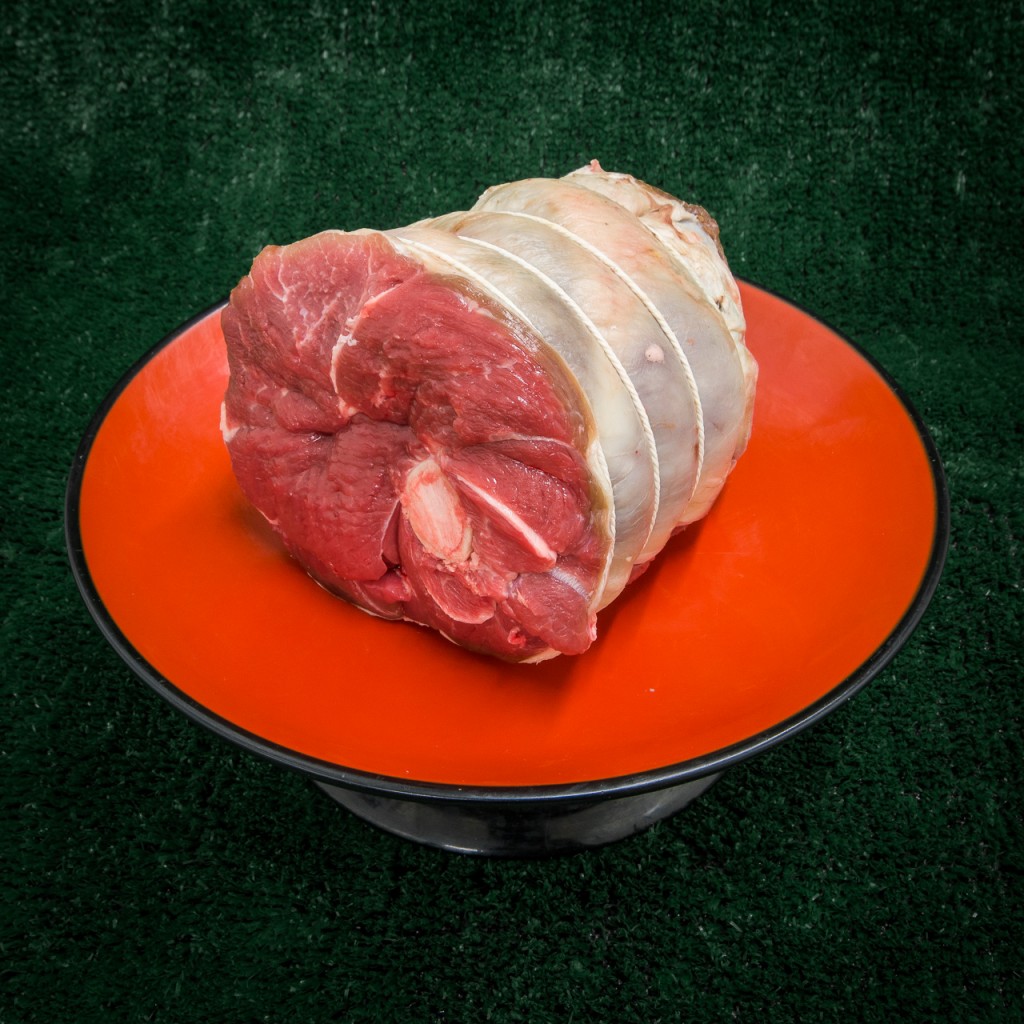
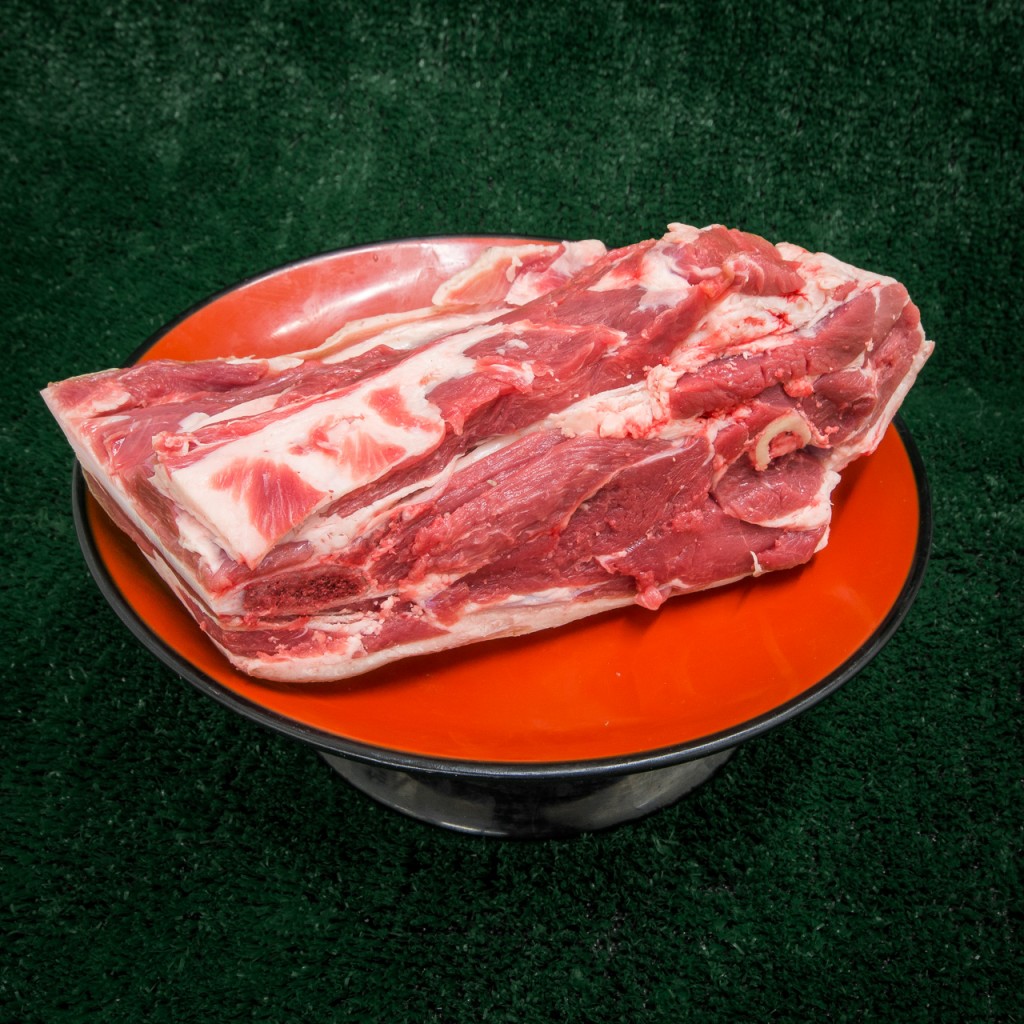

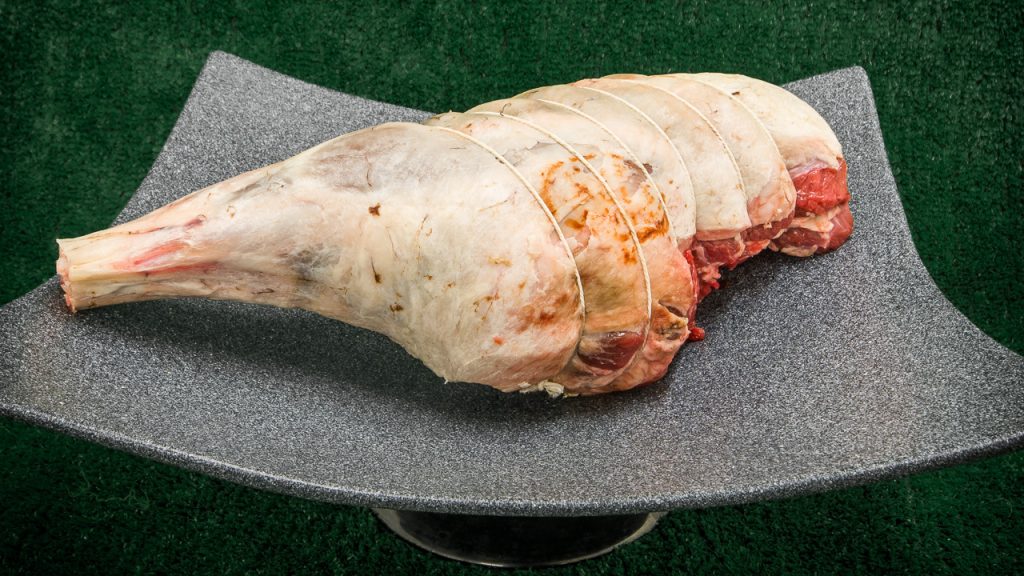
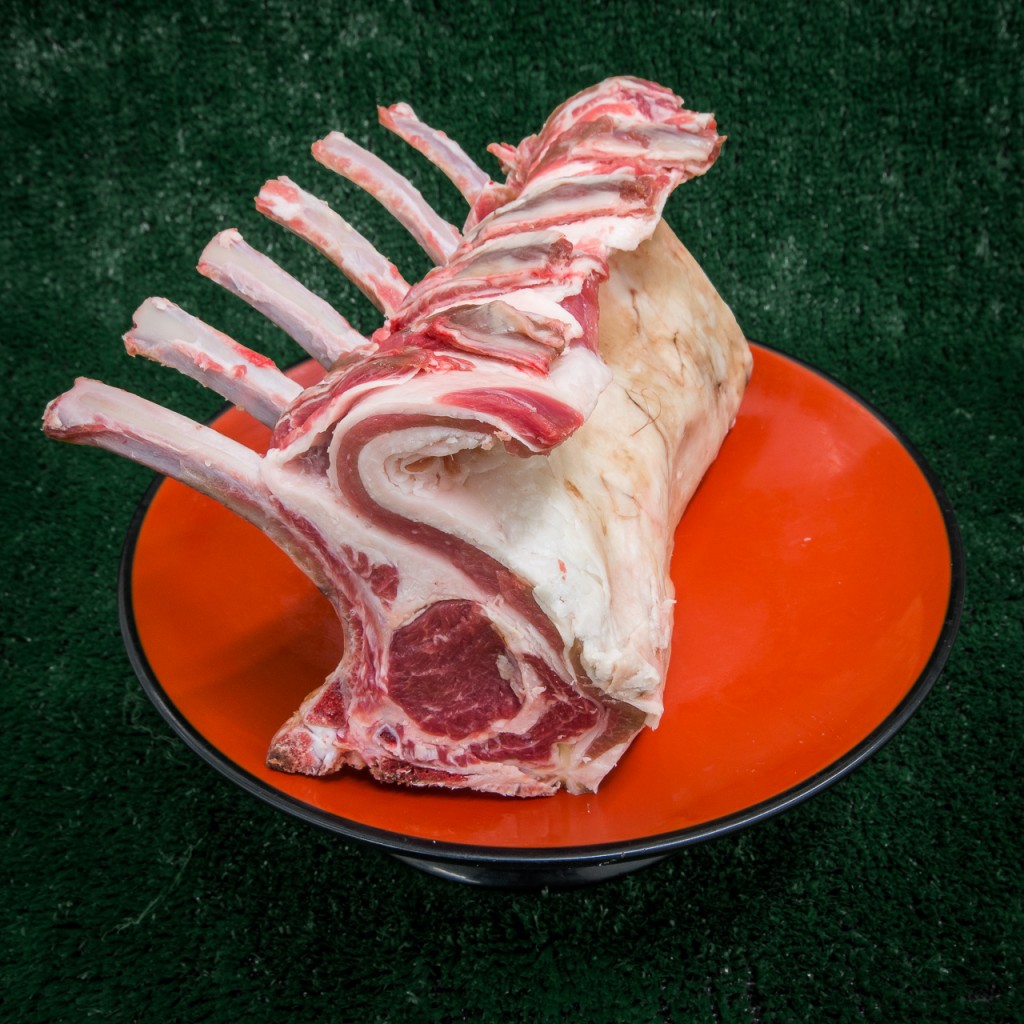
A lamb is a sheep that is under one year old, and is known for its delicate flavour and tender flesh.
Young lamb is slaughtered between 6 and 8 weeks – it is the palest of all lamb. Spring (also called early or summer lamb) is 3 to 5 months old. Lamb between 1 and 2 years is called ‘hoggart’ – it has a stonger flavour and slightly less tender flesh; anything over 2 years is called mutton, which has much more flavour – but also a tougher flesh that needs slow-cooking to tenderise it.
The older a lamb, the deeper the colour of the meat, though the time it has been hung for and the breed that it comes from will also make a difference.
Availability
All year round.
Choose the best
Always buy lamb from a source that you trust – you will want to know where it comes from, how it was reared and slaughtered. Traceability like that is crucial in ensuring that the lamb you are buying has been humanely treated while alive, had the shortest possible journey to the slaughterhouse (long journeys are highly stressful for all livestock) and has been expertly handled once salughtered – all of which will have an impact on the meat’s flavour and tenderness.
Organic lamb, and lamb from rare breeds, is the most expensive, as the highest farming standards should have been adhered to at all stages of the animal’s life. The length of time that a lamb has been hung for will also determine how flavoursome and tender it is, about 8 days is best.
Read more about animal welfare in general at Sustain, the alliance for better food and farming.
Many different cuts of lamb are available – which you buy depends on how you want to cook it. For roasts, the best cuts include leg, breast, best end of neck (also known as rack of lamb), shoulder, saddle, rump and loin.
For quick cooking, choose fillet, chump chops, loin chops, leg steaks, best end cutlets and butterflied leg. For slow cooking, leg, shoulder, shank, neck and chump chops are among the best options.
Lamb is also available minced (good for pies and burgers) and you can also buy lamb offal (mainly the kidneys and liver but also, less commonly, the heart and the sweetbreads), which is quick to cook, cheap and nutritious.
When choosing any cut of lamb, look for firm, fine-grained meat with a velvety texture; it should be moist, rather than dry or slimy. Any fat on the outside of the lamb should be white (fat that is yellow might well be rancid). Properly hung lamb should have a deep red, rather than bright red colour, although very young lamb will be paler than older lamb.
Prepare it
If desired, certain cuts of lamb can be marinaded, to add flavour and moisture and to tenderise a little further. Before it goes in the oven, lamb should be at room temperature, so take it out of the fridge 30-60 minutes before cooking. Keep it covered, in a cool place.
Store it
Unless the lamb is vacuum-packed, take off the packaging or wrapping (making a note of any use-by dates beforehand) and put the lamb at the bottom of the fridge on a dish that is large enough to contain any drips (vacuum-packed lamb should be kept in its packaging). Make sure the lamb doesn’t touch any cooked foods or anything that will be eaten raw.
Any cuts that are bought loose will keep for up to 2-4 days. Larger cuts for roasting will keep up to 5 days. Minced lamb or lamb offal should be eaten within a day of purchase. For vacuum-packed meat, follow the use-by date on the packaging.